Pendant Nests
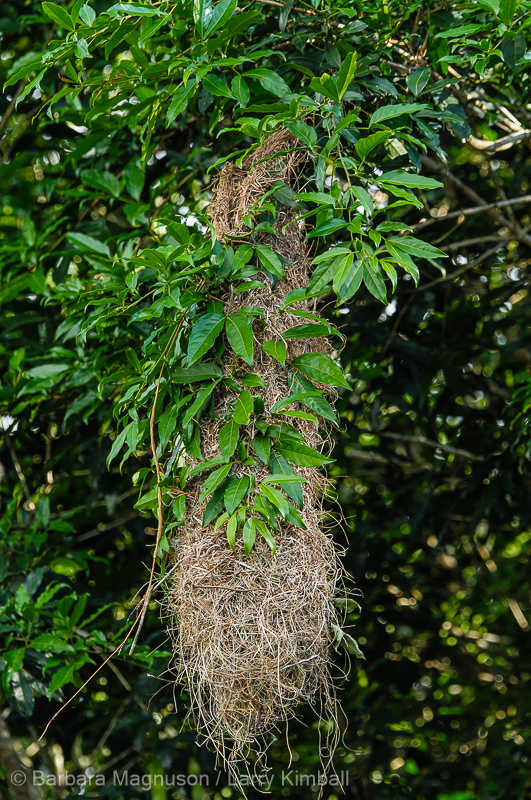
Pendant nests are elaborately woven sacks that dangle from branches, giving birds in the nest excellent protection from predators. Hanging birds nests, particularly woven ones and hummingbird nests are perhaps the most admirable of bird architectures. They not only look beautiful but most require great skill on behalf of the bird to build. Some are not suspended very far from the branches while others may hang several feet below their attachment point. Depending upon the species they hang directly from a branch or have an attachment point with a string of materials that dangles the nest from the branch.
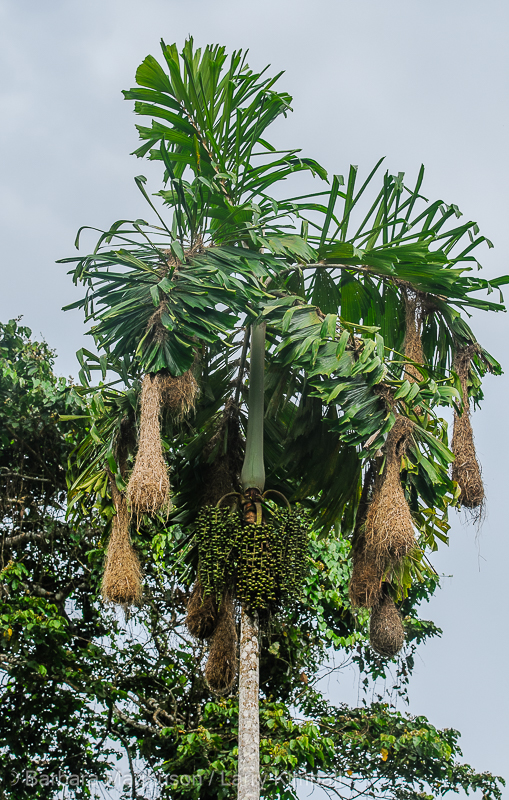
A suspended nest may be pensile, which is cup-like with an opening at the top. Other styles of pendulous nests may have a closed top like a tunnel with other openings, or access points throughout the structure.






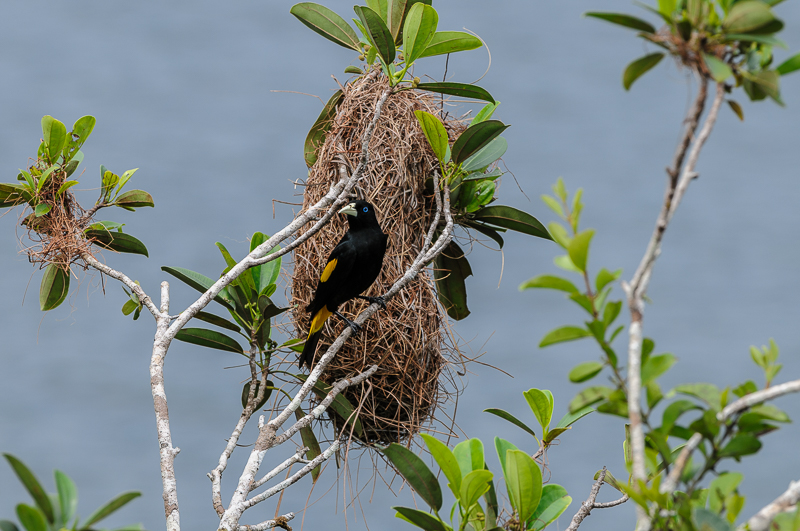
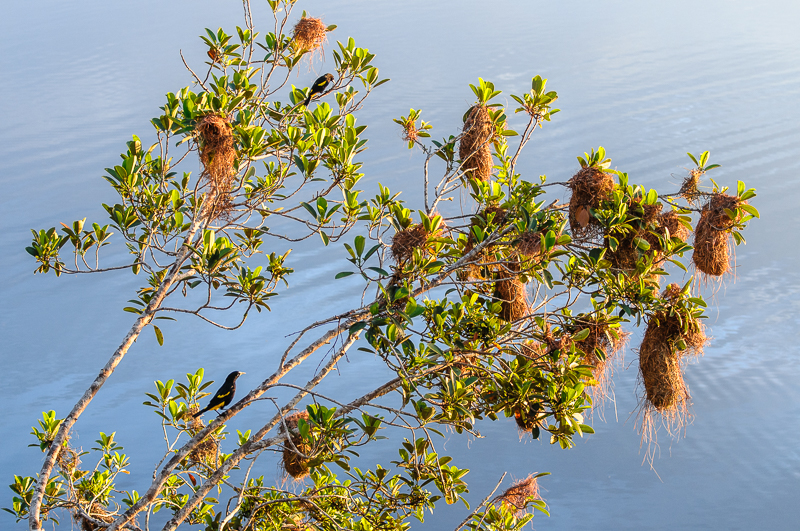
Supportive structures are inside for the eggs and hatchlings. It may even have a “tail” at the bottom as an exit point. The mother can sit inside to warm the eggs and bend down into the structure to feed hatchlings from above.
There are nearly 100 species of weaver birds renowned for their carefully woven hanging bird nests. These nests tend to be either hung from the tip of a branch or a leaf, or suspended between two twigs. They are globular in shape with a single entrance hole. Apart from globe-shaped nests, weaver birds also construct kidney-shaped nests and retort-shaped nests which are basically globular nests with an entrance tunnel. No matter the shape, nearly all weavers make their nests out of grass and the nests are literally woven with the bird moving from side-to-side, poking part of a strand of grass through the wall from the side and then pulling it completely through from the inside or opposite side.
Many of you have probably seen Baltimore orioles (Icterus galbula) weave long fibers of grass, horsehair, twine, and other found materials to create a vase-like nest to hang from the outermost ends of branches. It may be lined with feathers and fibrous plant materials. The nests typically hang a few inches down.
A bushtit (Psaltriparus minimus) uses spiderwebs to create a stretchy and strong sac-like nest. It lines the interior with soft materials such as animal hair and moss. It will hang 3 to 100 feet up from the ground.
An interesting variation is the hanging cup nest of the Planalto Hermit (Phaethornis pretrei) a tropical Hummingbird , which has only a single support cable for its nest. To help keep it stable it has a streamer of grass and cobwebs hanging down below the nest.
Birds That Build Pendant Nests: Best known are the hanging nests of the Ictridae family: Baltimore, Bullock’s, Orchard, Scott’s Oriole and all other orioles, caciques, weaver species (Ploceidae), oropendolas (Psarocolius), and vireos (Vereonidae).
DOME / SPHERE
A sphere or dome-shaped nest is almost entirely enclosed and found on the ground near streambanks, or exposed tree roots and among cattails with an entrance typically on the side. These bird nests are more elaborate cup nests with higher walls and a hole for the birds to enter. Built and camouflaged with moss, spruce or fir twigs they provide better protection for the eggs and young chicks. The trade-off, is that these nests being often on the ground or in low areas and therefore are more accessible to predators.


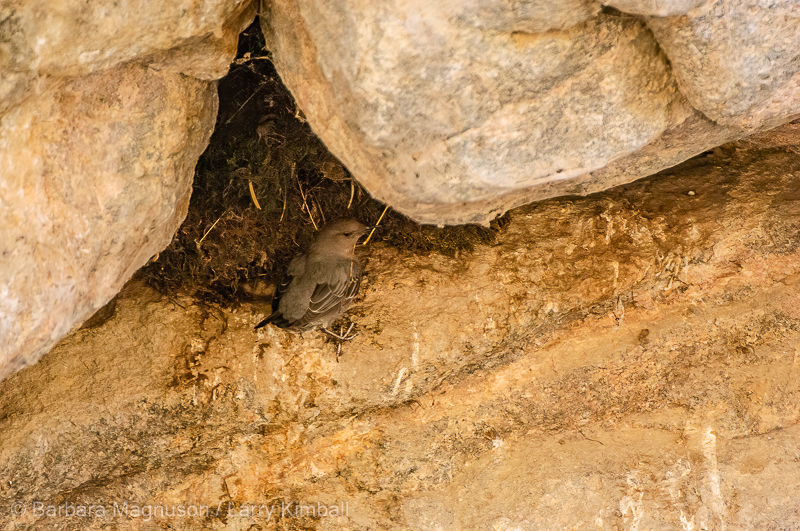


As with all these categories of bird nests, there is a certain amount of complexity and quality among domed nests. Wrens and Dippers are examples of birds that build more complex domed nests. Many domed nests are quite laboriously built and very intricate. They also vary a lot in size. Magpie (Pica pica) nests are massive haphazard looking nests made of tree twigs and branches that have a separate roof that they build over the dome.
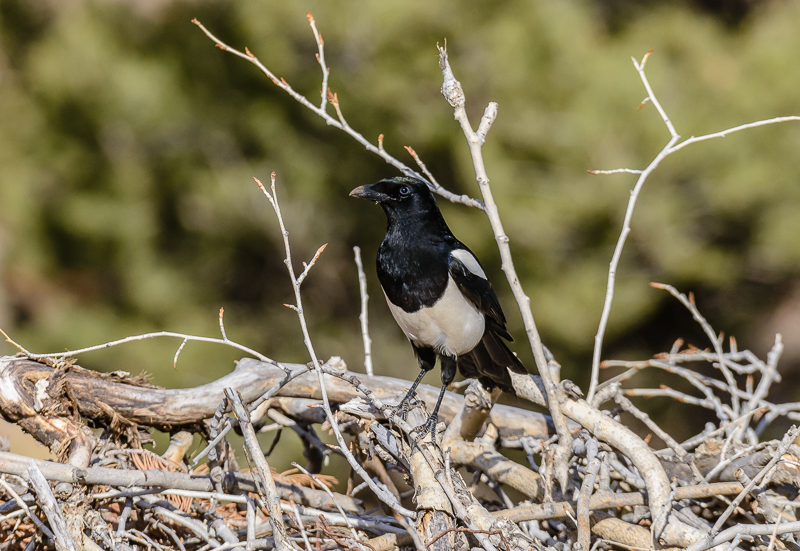

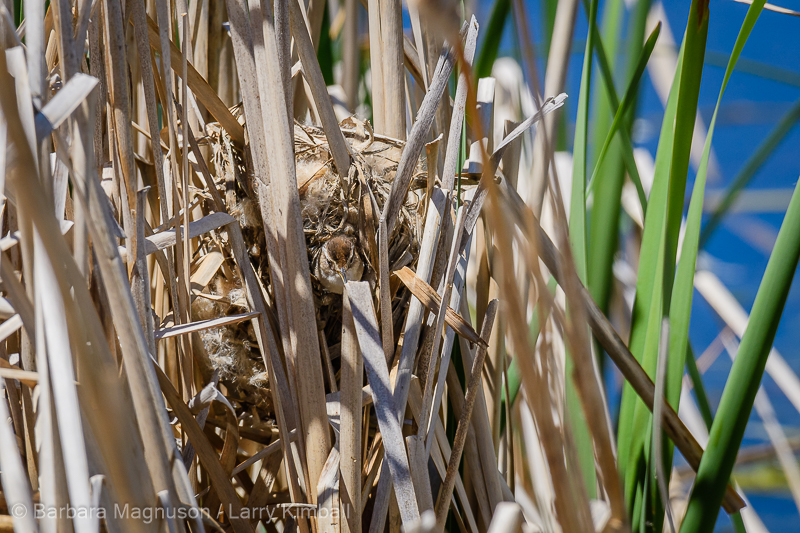
On the other end of the size spectrum of domed nests lies the Hamerkop (Scopus umbretta); not seen here although they are on our bucket list. The domes of the nests of these birds can be over two metres high and about as wide. The nest is strong enough to take the weight of a full-grown human. The nests have a long entrance and are often regarded as a fort in the world of birds’ nests.
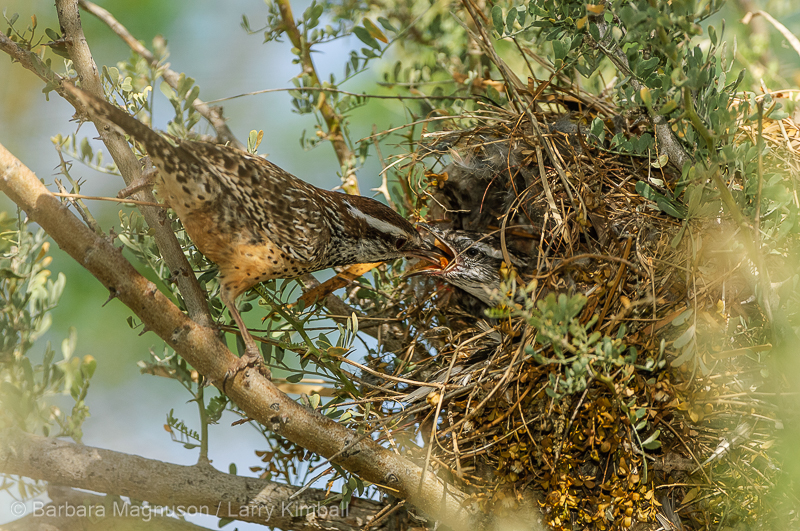

Birds That Build Spherical and Dome Nests: American dipper (Cinclus mexicanus), hamerkops (Scopus umbretta), magpies (Pica pica), meadowlarks (Sturnella neglecta), ovenbird (Seiurus aurocapilla), house sparrow (Passer domesticus) and wrens (Troglodytidae).